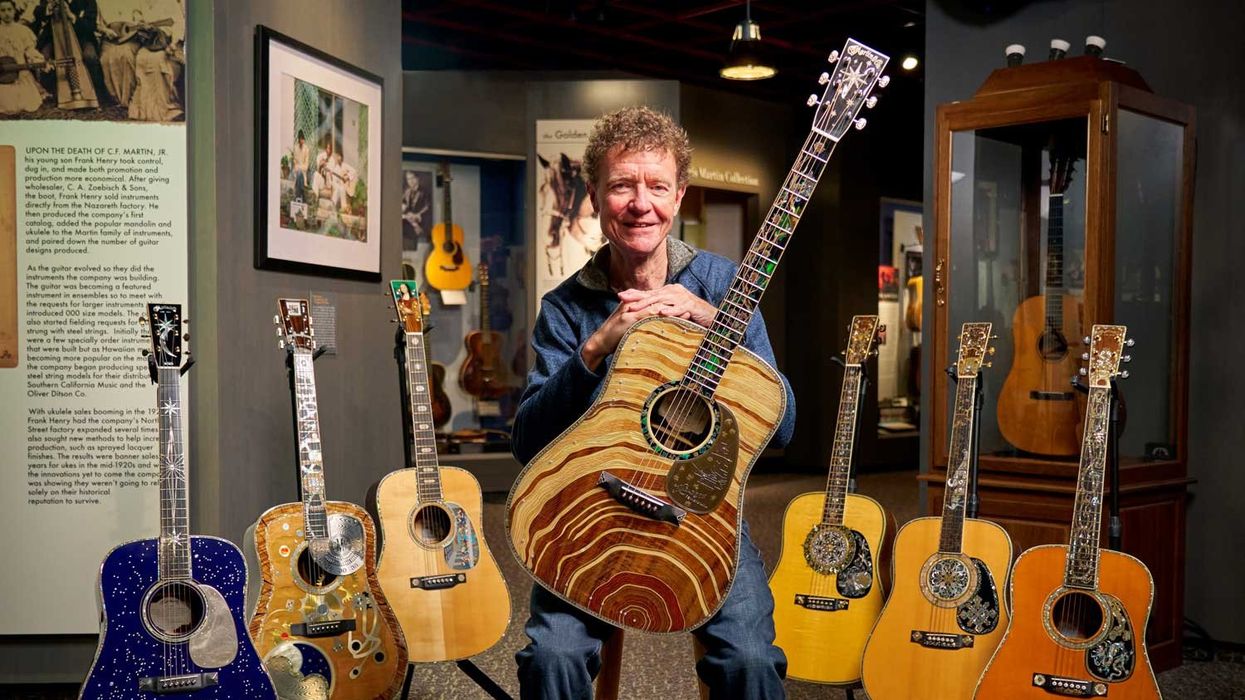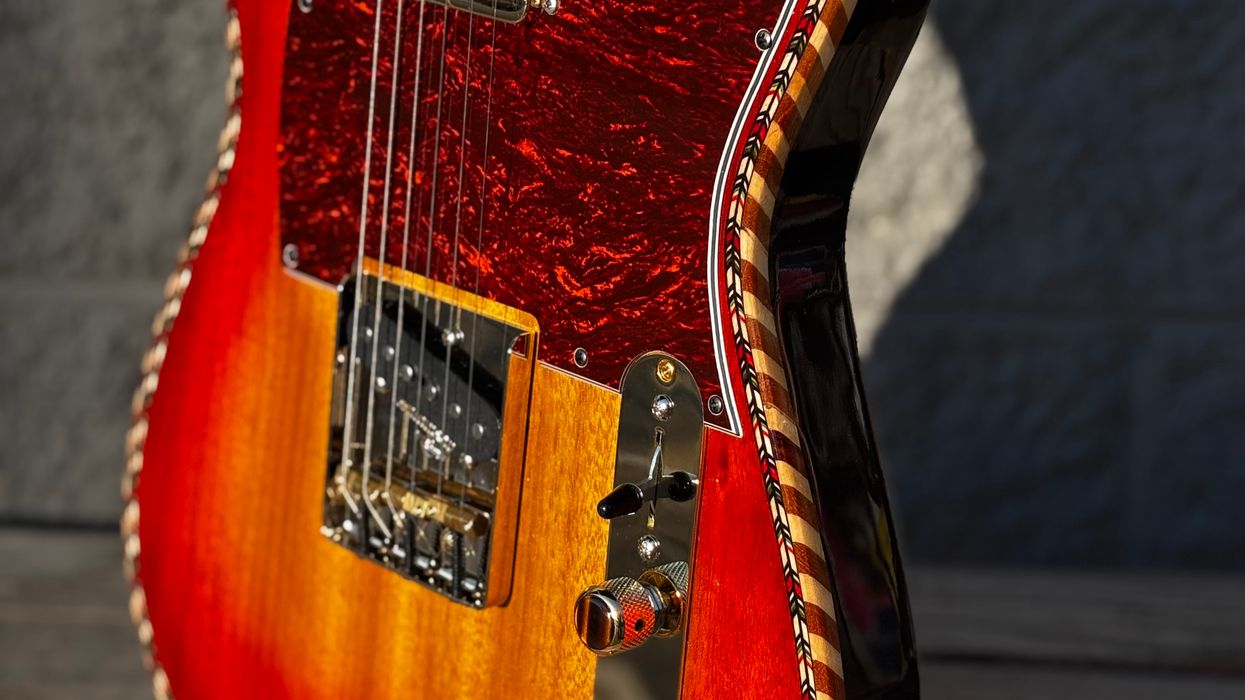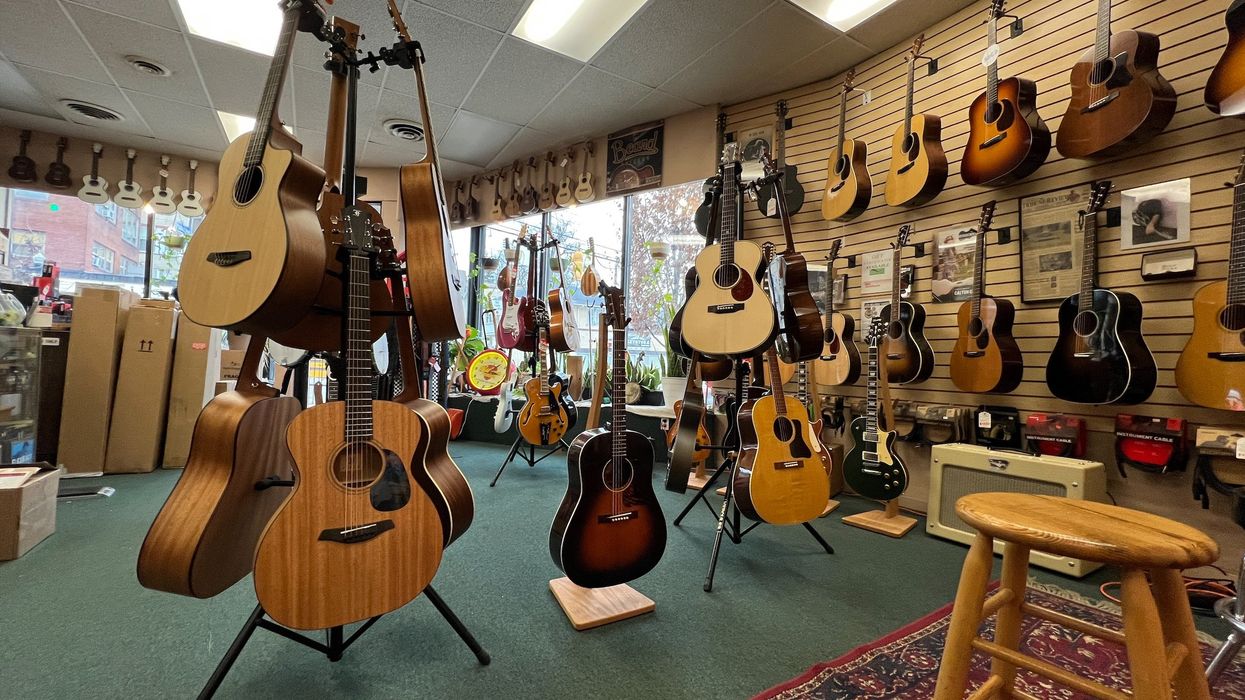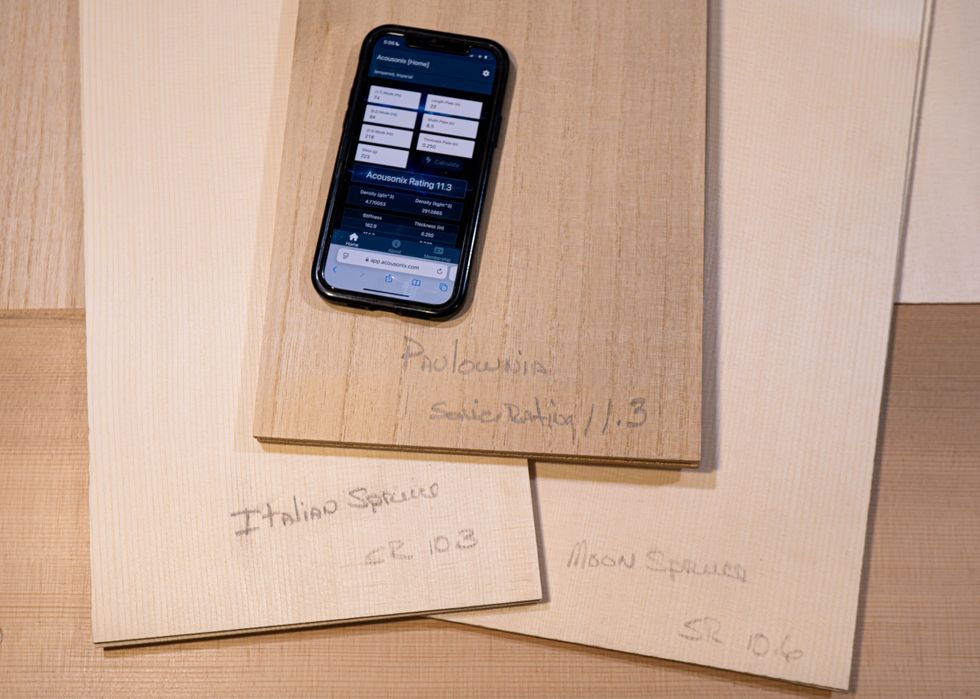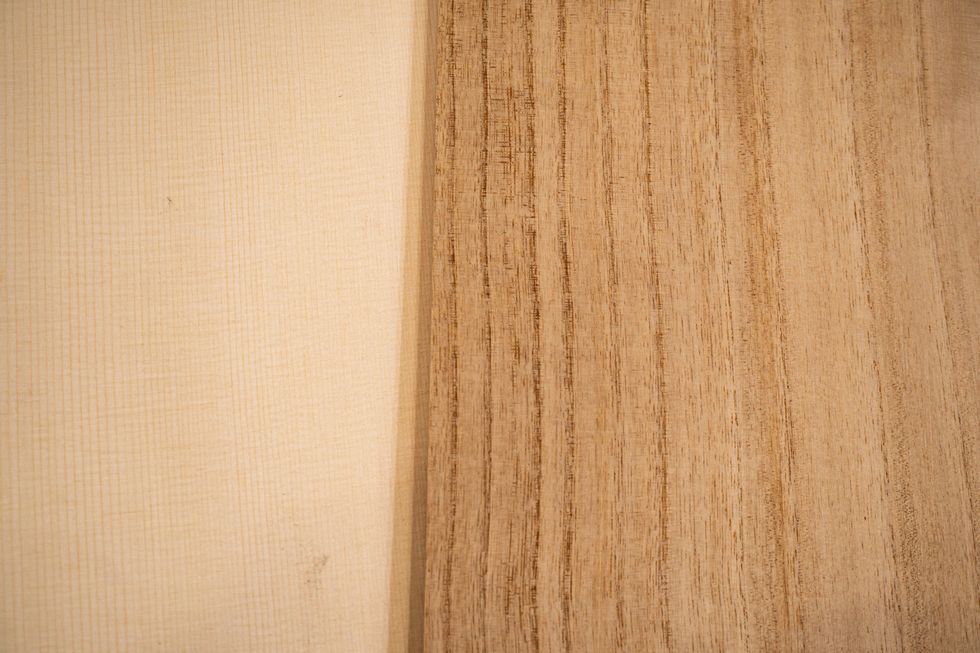Once again, my travels have put you, the reader, in my thoughts, and my recent trip to Texas inspired me to share more about a sound that has been a big part of my life—one that many musicians and guitarists appreciate for its musical stylings. I’m speaking of one of the more popular ensembles of Mexico, mariachi!
I could write an article on each of the instruments used in a mariachi ensemble, but for now, I want to briefly mention them before focusing more on the impact of this music, with a look at some of the amazing educators bringing it to young musicians.
Although a mariachi ensemble (not a mariachi “band”—you wouldn’t say orchestra “band”) can have variations of the instruments used to make up the grouping, the following configuration is most common. In the armonía or rhythm section, you will have any or all of the following: a nylon-string guitar, Mexican vihuela, guitarra de golpe, guitarrón, and Jalisciense harp. The melodies are played by a violin section, and a trumpet plays countermelodies. I’ll circle back on the armonía instruments in later articles, but right now, I want to talk about music education.
I have the privilege and honor of working alongside some of the most devoted teachers around the United States: music educators. Whether for band, orchestra, choir, or mariachi, these are the people who are bonding with our children, staying late for rehearsals, and going to competitions or performances through weekends and summers. Their long hours and dedication are truly unmatched—one could argue sports coaches do the same, but unlike most sports, music has no season. It continues all year long.
“Their long hours and dedication are truly unmatched … Music has no season. It continues all year long.”
I could highlight dozens of educators who have helped mariachi grow in schools, from Richard Carranza, former chancellor of New York City Schools; to Albuquerque Public Schools’ fine arts director Gina Rasinski; to Katie Dudley, who is growing a program on a shoestring budget in Waukegan, Illinois’ public schools. But in Fort Worth, Texas, there are two leaders who are infectious in their ability to impact students from middle school to post-secondary: Ramon Niño and Wendy Martinez.
Often having had to fight battles to succeed, Niño and Martinez managed to find great support from their high school’s principal and the school’s director of fine arts. Niño and Martinez’s ensemble, Mariachi Espuelas de Plata, has performed across the country, from Carnegie Hall to Nashville to Hershey, Pennsylvania, as well as with top professional mariachi ensembles. Last year, legendary jazz trumpeter Arturo Sandoval joined them on stage for a performance in San Antonio. I’ve been proud to help them introduce new programs at universities like Texas Christian University and Texas Wesleyan University’s Mariachi Oro Azul, through my budget-friendly La Tradición string-instrument line. To see the eager response of college students, many of whom have never played in a mariachi, is truly amazing.
I asked Ricardo E. Rodriguez, dean of Texas Wesleyan’s School of Arts and Sciences, for his thoughts on their mariachi program. “The presence of Ramon Niño and Wendy Martinez has not only provided a basic music foundation for the Mariachi Oro Azul, but they have established a culture of family and inclusiveness as well as the recognition that music crosses all boundaries,” Rodriguez says.
While we have seen hints of mariachi in popular music in the past with songs like Blondie’s “The Tide Is High” and its mariachi trumpet stylings, the wave is larger and stronger than ever now. More and more, I’m noticing that labels are signing Black and Latino artists to genres like country music, a genre where their presences on main stages have been relatively rare. I get calls from artists looking for mariachi musicians to play on their tracks, and hybrid versions of mariachi are popping up on the stage at the Grand Ole Opry with acts like Stephanie Urbina Jones & the Honky Tonk Mariachi. I see these as the knock-on effects of the programs and teachers that have helped introduce mariachi into learning spaces.
The roots and influences that help shape music’s future start at home and in the classroom. Opening students up to forms of music from other cultures helps enrich not just their lives, but ours, too. Thank god for our music teachers, and those who support them.
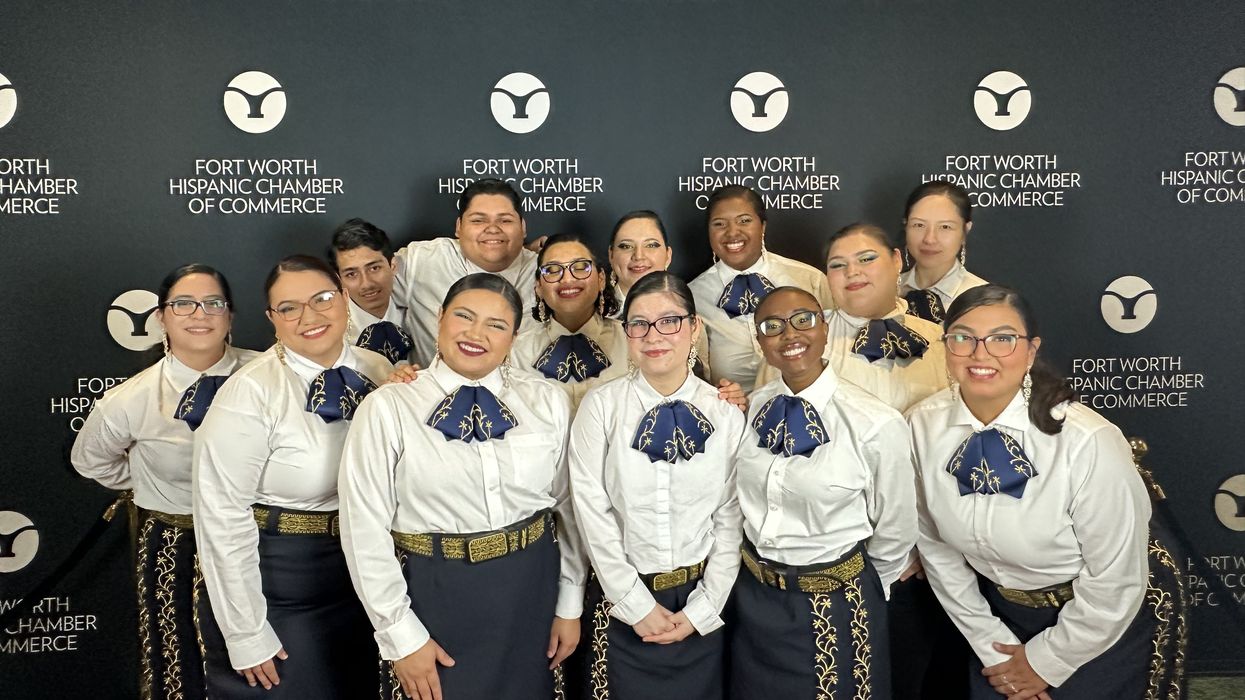


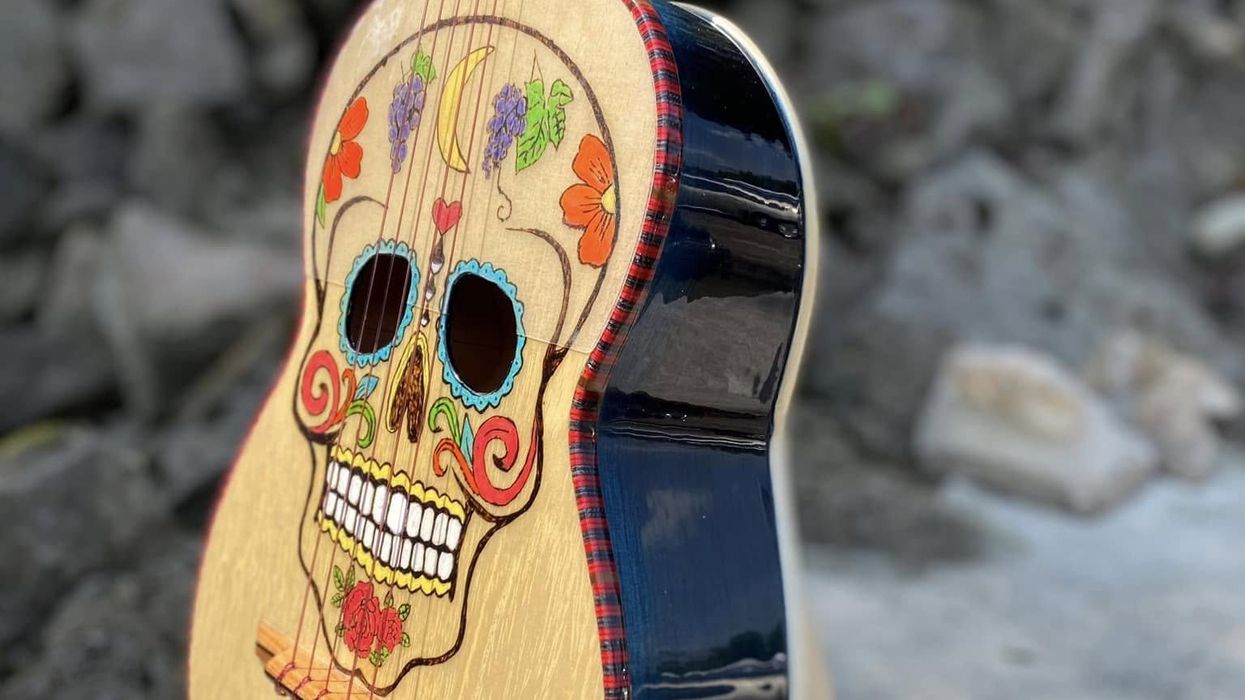
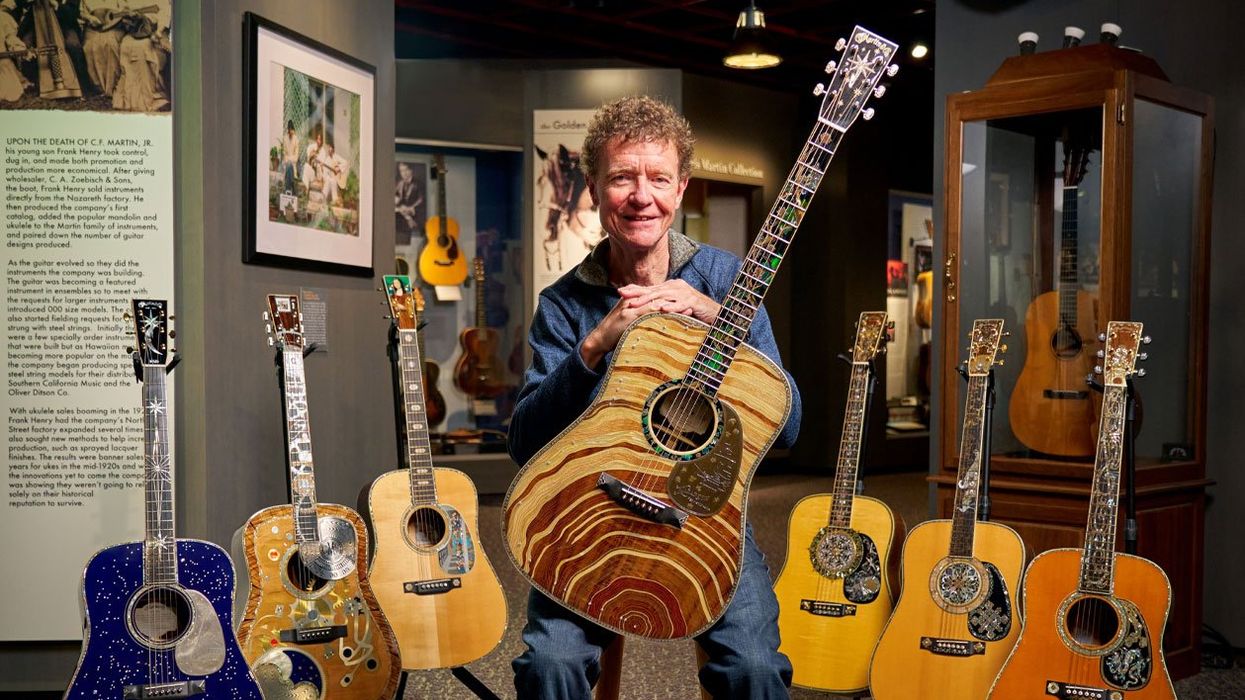
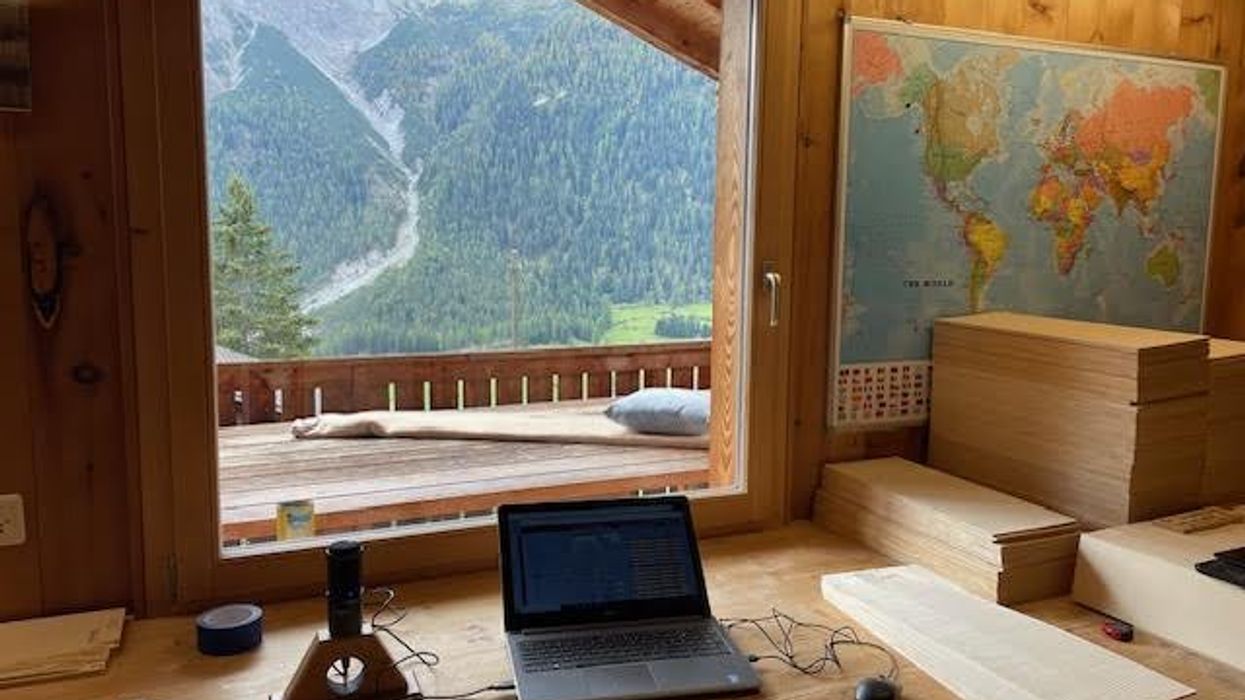
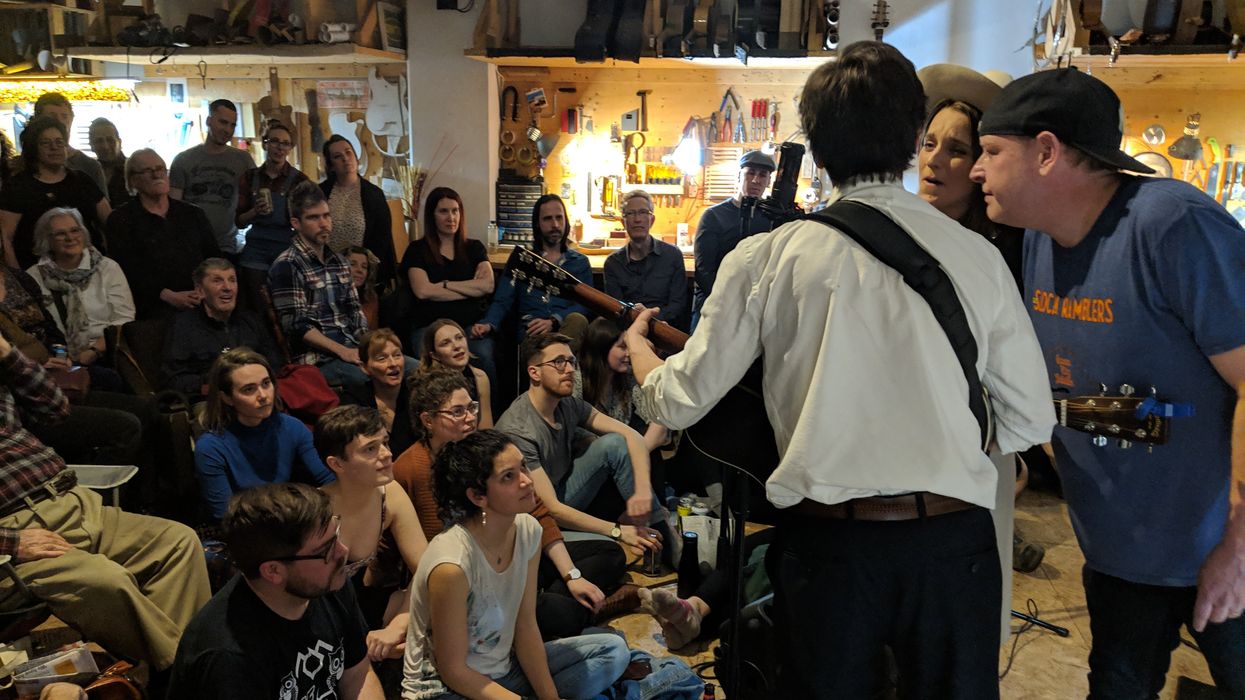





![Devon Eisenbarger [Katy Perry] Rig Rundown](https://www.premierguitar.com/media-library/youtube.jpg?id=61774583&width=1245&height=700&quality=70&coordinates=0%2C0%2C0%2C0)
